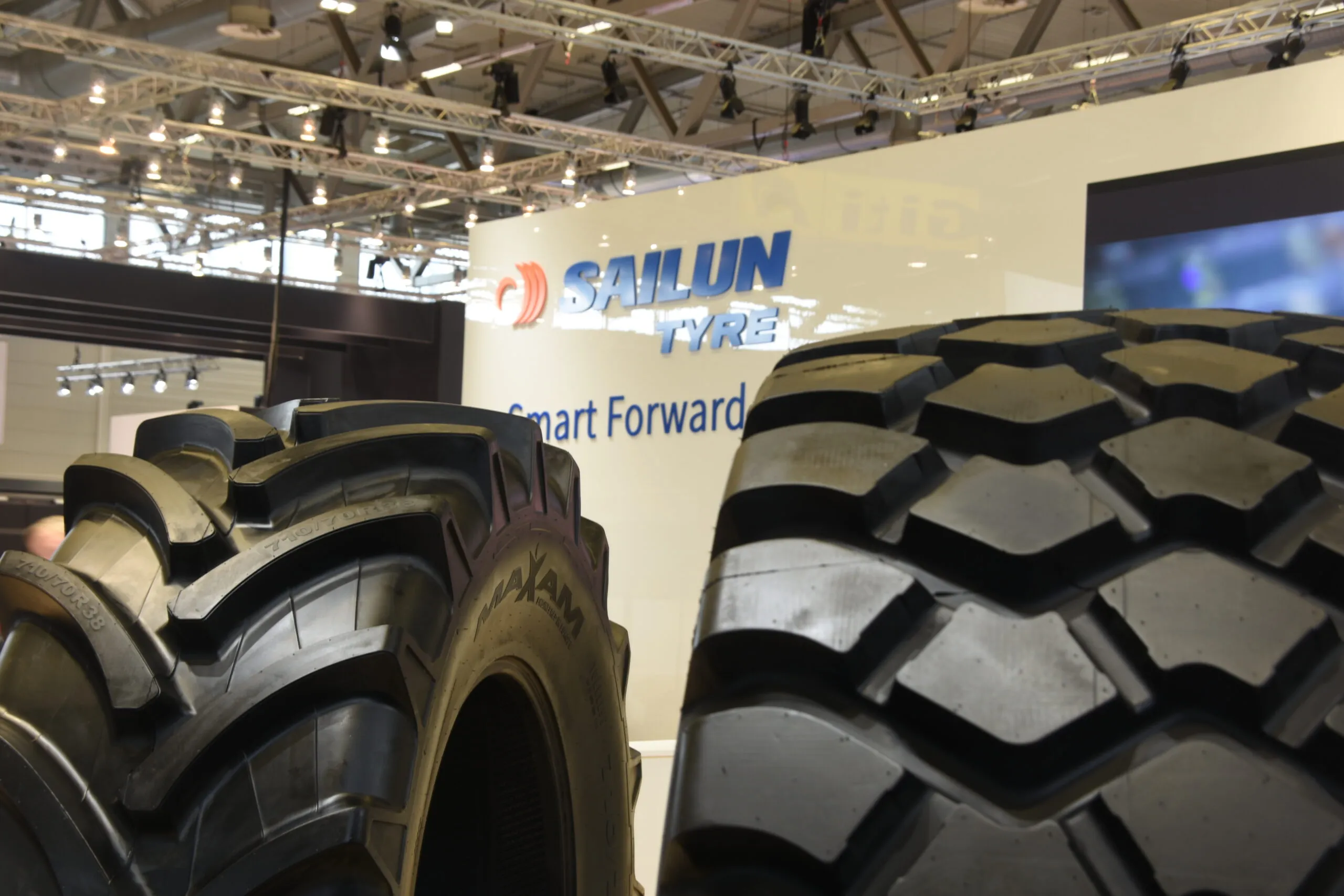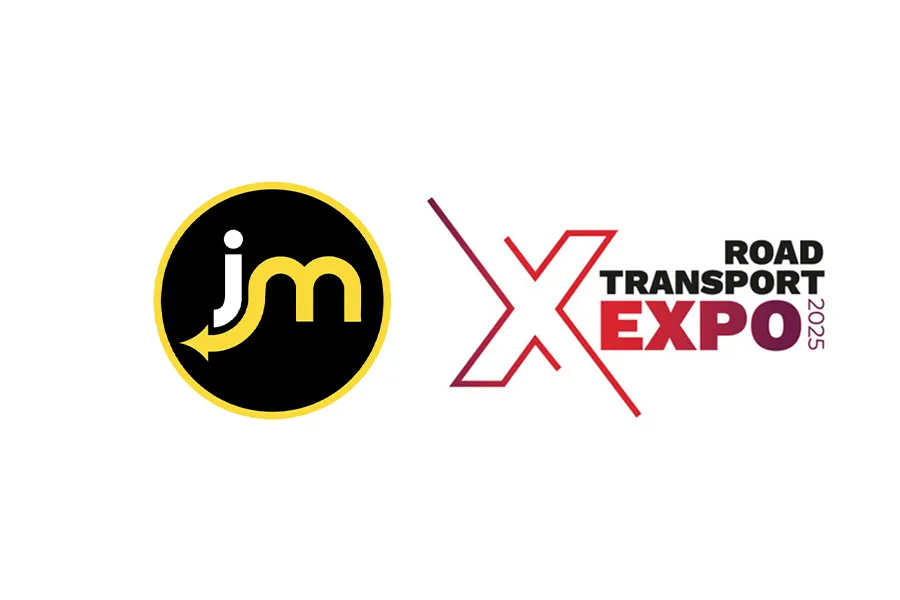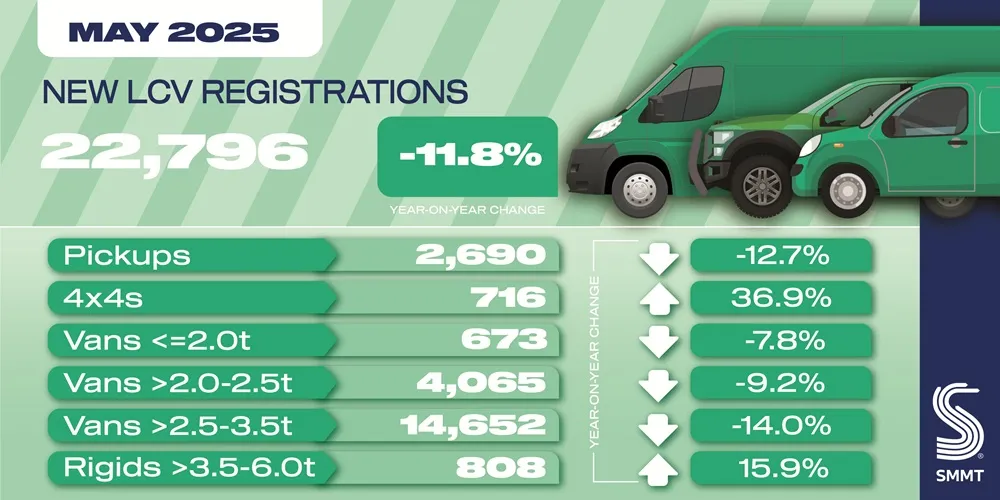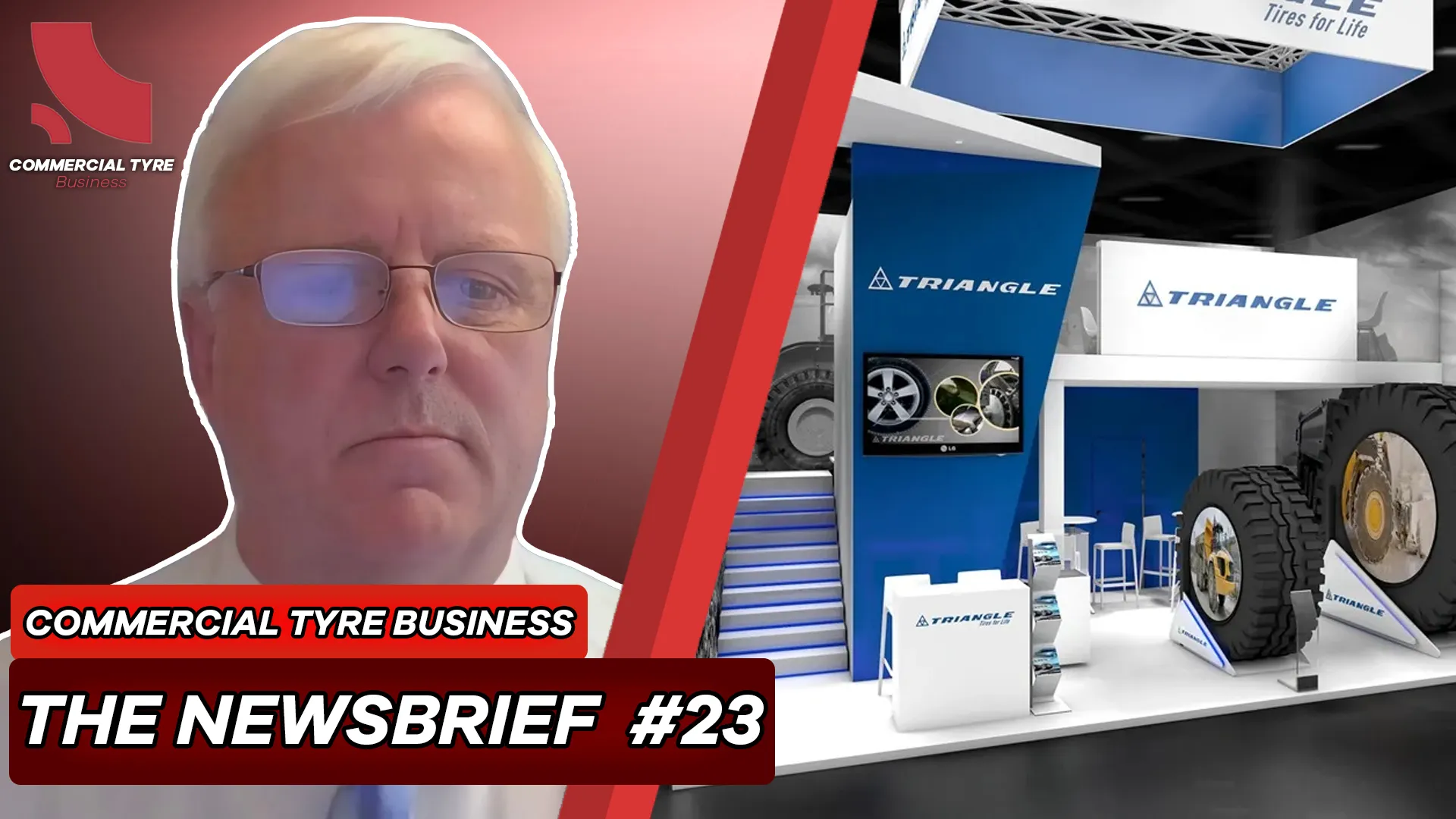One of the key elements in the EcoPoint3 technology is that Sailun has eschewed the traditional Banbury rolling mill blender where “solid” latex has its additives added and mixed.
Sailun Step Up to the Market
Sailun was only formed 20 years ago in Qindao as a technology and testing platform for tyres. It has developed and grown in the past two decades and is now in the top 20 tyre manufacturers in the world, out of around 400.
With seven production facilities (four in China, two in Vietnam and one in Cambodia), Sailun has developed to hold a presence in the global market with dealershi...
Sailun Step Up to the Market
Sailun was only formed 20 years ago in Qindao as a technology and testing platform for tyres. It has developed and grown in the past two decades and is now in the top 20 tyre manufacturers in the world, out of around 400.
With seven production facilities (four in China, two in Vietnam and one in Cambodia), Sailun has developed to hold a presence in the global market with dealershi...








